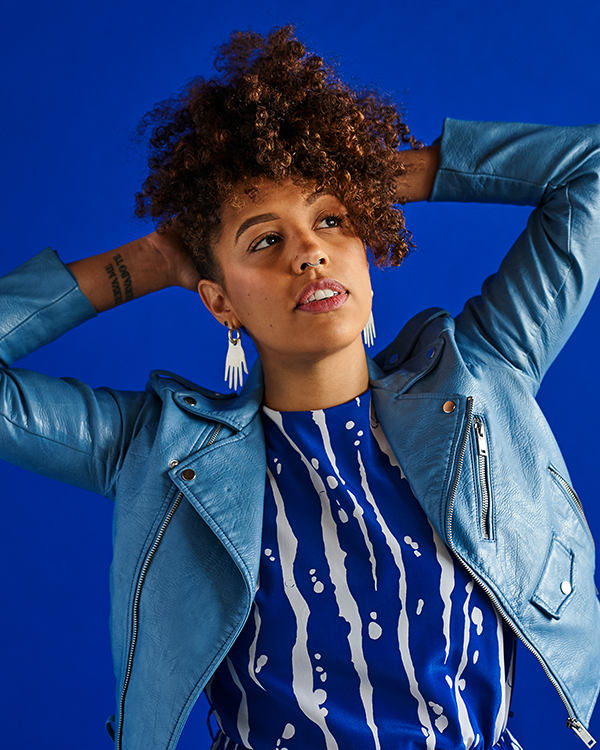Tweets after the announcement of the 2014 Miss America, Nina Davuluri:
1. Miss New York is an Indian. With all due respect, this is America.
2. Miss America? You mean Miss 7-11.
3. Congratulations Al-Queda. Our Miss America is one of you.
4. Miss America, foot-long buffalo chicken on whole wheat. Please and thank you.
I’m a first generation Indian American from New York. My family is from South India and we speak one of the 398 living languages in our country called Telugu.
Nina Davuluri is a first generation Indian American from New York. Her family is from South India and they speak one of the 398 living languages in their country called Telugu.
When this soil is all you know,
Do not hesitate to make sand castle out of chest.
When their mouths flail like sneezing guns
At the epitome of your bloodline,
Do not fear the consequence of pulse.
Simply stand firm-staying still is one of the hardest things mankind can do.
Use the esophagus of your eyes as weaponry. Talk to them in chatter box format-
Tell them this soil is yours.
This flag is yours. This birth certificate is yours.
Speak of Caste systems, Speak of Gandhi, Speak of Nehru,
Speak of women being held like Jonah in
Belly of a world that does not speak well of its own body.
When your body becomes a half flashback of the twin towers being bent like scoliosis,
Remind them of all the pelvic bones broken because
Their ancestors wanted to conquer what did not belong to them.
When they say, “You, are a terrorist Nina.”
Say back: “No, we are all the ground you could ever wish to be.”
Say back: “No, this land does not vomit our limbs. It cages them like young child of home.”
Say back: “No, your great grandfathers, raped, killed and
Oppressed every race in the world. You are the biggest terrorists I know.”
People will always tell us that we are not American.
Smile and show all the red waiting to be sprawled out in our gums.
Open our eyes and let the whites of our pupils splash out like volcanoes.
Give our hands tantrum method and let it be known the blues of our veins
Wants to sing its voice like the vocal chords of a
Homeless man who’s been silenced into genocide.
Show them the flag that tattoos its mantras all over your body.
Show them that walk that you do. That Indian thing that you do.
Keep dancing Nina, keep dancing.
Stomp your feet like resurrected rhinos getting shivers to movement.
Do that dance, bring all that motherland you can in here.
When they mock us, keep dancing. When they laugh at us, keep dancing.
When they mold us into animal construction site, do not stop moving your feet.
Let them rise, make them dance with us. Make them do that hip turn with us.
When they hate us, when they kill us, when they terrorize us,
Dance, sing, stomp,
Say “Here’s your foot long buffalo chicken on whole wheat. You’re welcome.”














